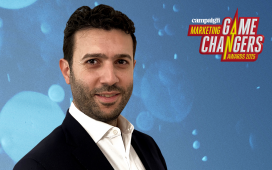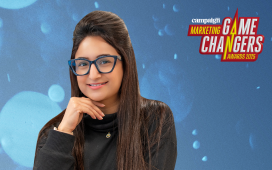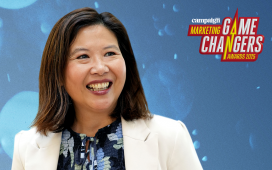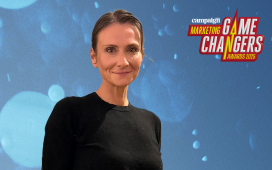You type: Design me a stand—of these dimensions, with these specs, and in these specific camera views; and like magic, it appears before your eyes. Thousands of hours are reduced to a few seconds. Entire teams are reduced to a few keystrokes.
If only it were that easy. The advent of artificial intelligence within the creative industry has brought forth new paradigms in process and output, but the need for a human mind and creative input has never been more paramount.
Rather than leaving the Midjourney’s of the world to run uncontrollably, human creativity is needed to guide unruly machines to bend to our needs and wants as agencies, clients and brands.
We have seen new skills, and with it
To continue reading this article you need to be registered with Campaign. Registration is free and only takes a minute. Register Now or sign in below if you already have an account.









